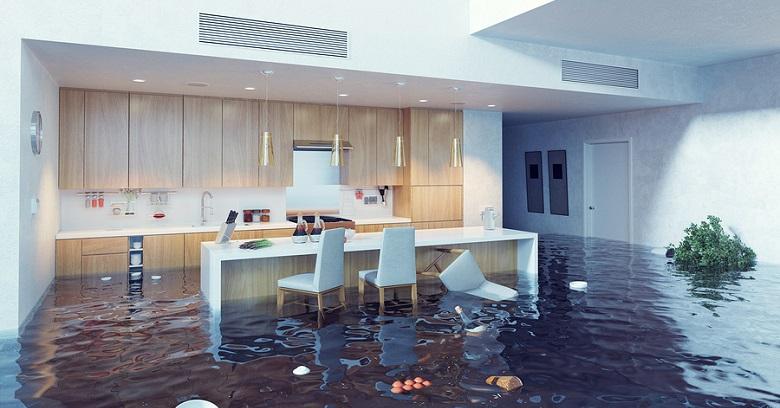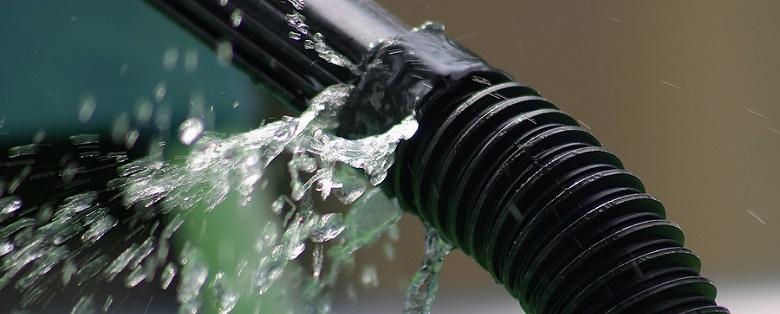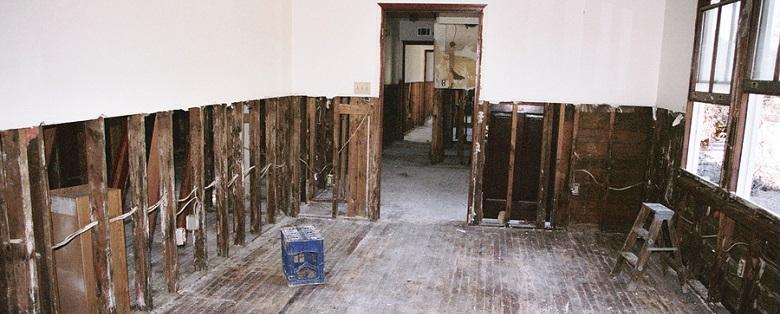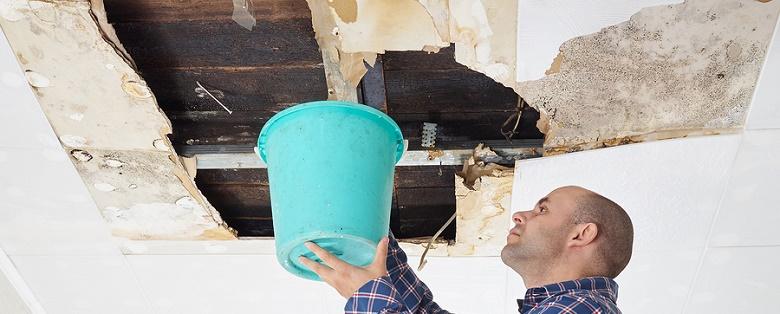
If you have experienced a flood in your home, you may be wondering what items can be salvaged by water damage cleaning services and what should be discarded. If you begin water damage repair quickly, you may be able to rescue many of the items in your home. Yet depending upon the source of water and the extent of water damage, some items may not be repairable or should be thrown out because they cannot be disinfected.
What Kind of Flood?
The first step in deciding what you can save by using water damage repair methods and what you should discard is knowing where the water came from. Items damaged by clean water that came from plumbing supply lines can be kept and you can attempt to repair these items.
If the source of the flood is backed up sewage lines, flooding from outside that has come into the house, or any water that may have been contaminated by chemicals or microorganisms, this decision should be based on whether the item can be properly cleaned and disinfected by water damage cleaning services.
When Should You Throw It Out?
Whether dealing with clean or contaminated water sources, use the following tips to help you decide whether you should discard items with water damage or if repair attempts can be made:
- Carpets and Area Rugs - Carpet and rugs can sometimes be salvaged by using professional water damage repair techniques; however, mold and mildew growth may be an issue. Whether carpets and rugs are cleaned inside or removed and cleaned outside, the inability to remove odors, mold, and mildew or to completely dry them suggests these items should be thrown out.
- Furniture - Items made from hardwoods and other non-porous materials can often be cleaned and disinfected by water damage cleaning services. Those made from pressed wood, particle board, wood laminate and other porous materials are usually not salvageable once they have soaked up water and contaminants.
- Upholstered Furniture, Drapes, Clothing, and Other Fabrics - Upholstered furniture can be very difficult to disinfect and completely dry out before mold and mildew begins to grow, especially if it spent days submerged. Clothing, drapes and other washable or dry cleanable fabrics can frequently be saved provided stains and odors can be removed. Stuffed animals and other fabric toys or children’s accessories should be discarded.
- Books, Photos, Papers - By using the right methods, these items may be salvageable from water damage if restoration is started quickly. Paper items that retain a moldy odor should be discarded.
- Plastic, Glass, and Metal - Most items made from these non-porous materials can be saved as long as they can be thoroughly cleaned and disinfected. Plastic toys may be saved if they can be thoroughly cleaned. Discard anything that a child may put in their mouth, including pacifiers and bottle nipples. Kitchenware should be washed and sanitized before use.
- Appliances and Electronics - All electrical items should be carefully examined and tested by an electrician to ensure they are still able to function properly. If so, they can then be thoroughly cleaned and disinfected.
- Food - Any exposed food that has been touched by flood waters should be discarded. Food requiring refrigeration that has been allowed to thaw or warm for more than a few hours must also be thrown out. Only keep items that are properly sealed in their original packaging or those sealed in airtight containers that have not been affected.
Losing personal property in a flood can be heartbreaking. Fortunately, many of your items can be saved if you begin water damage repair efforts immediately. Mold, mildew, and bacterial contamination is a major water damage concern when you are deciding what to toss and what to keep. Salvage as much as possible by calling professional water damage cleaning services that can get to work right away and help save your belongings!


